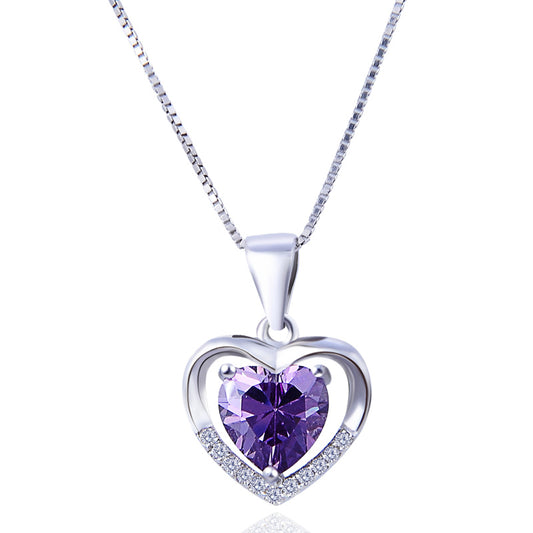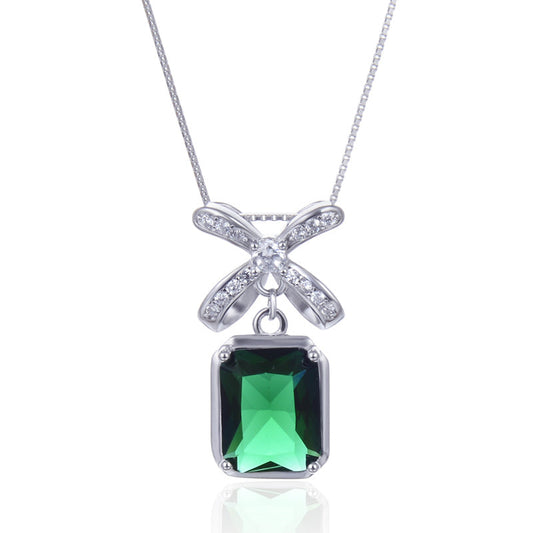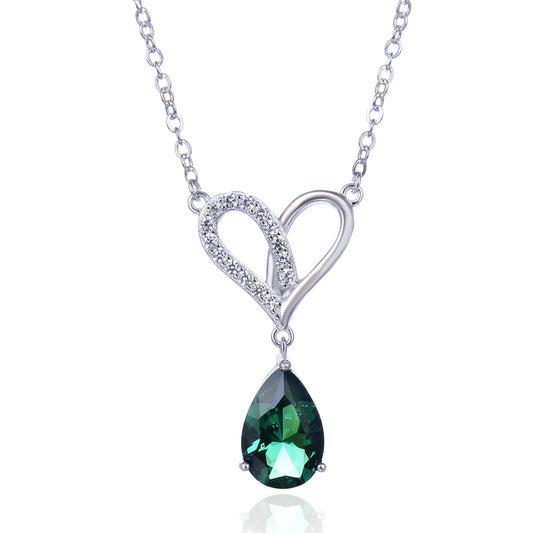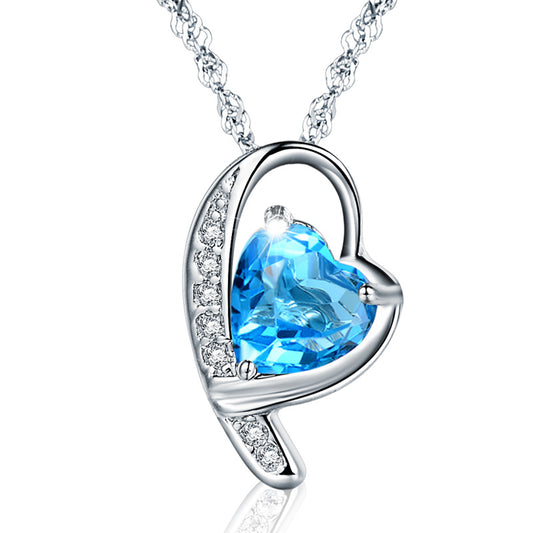The Origins of Valentine's Day: A Historical Journey
Where did Valentine's Day come from? This question often arises when we celebrate this romantic holiday every February 14th. Valentine's Day, also known as Saint Valentine's Day or the Feast of Saint Valentine, has a rich and fascinating history that spans centuries and cultures.
To trace the origins of Valentine's Day, we must delve into ancient Roman festivals, Christian martyrs, and the evolution of romantic customs throughout the ages. Let's embark on this historical journey to understand the roots of this beloved holiday.
Ancient Roman Festivals and Pagan Rituals
The history of Valentine's Day can be traced back to the ancient Roman festival known as Lupercalia. This festival, celebrated on February 15th, was dedicated to Faunus, the Roman god of agriculture, and to the Roman founders Romulus and Remus. It was a fertility festival intended to promote health and fertility among the women of Rome.
During Lupercalia, young men would draw names of young women from a jar and these pairs would then be coupled up for the duration of the festival, sometimes even leading to marriage. This ancient pagan tradition had elements of love and courtship, which are themes that would later become central to Valentine's Day.
The Legend of Saint Valentine
The exact origins of Valentine's Day are shrouded in mystery, but one popular legend connects it to a Christian martyr named Valentine. According to this legend, there were actually several saints named Valentine who were martyred on February 14th. The most famous of these was a priest who lived during the reign of Emperor Claudius II, also known as Claudius Gothicus.
Claudius II believed that single men made better soldiers than those with wives and families, so he outlawed marriage for young men. Valentine, however, defied the emperor's decree and continued to perform marriages in secret. When Claudius found out, he had Valentine executed.
Another version of the legend tells of Valentine's compassion for a blind girl whose father had forbidden her to marry. Valentine restored her sight and arranged for her to marry the man she loved, secretly performing the ceremony himself. News of Valentine's actions reached Claudius, who had Valentine put to death.
While in prison awaiting his execution, Valentine is said to have fallen in love with his jailor's daughter. Before his death, he wrote her a letter signed "From your Valentine," a phrase that has become synonymous with Valentine's Day cards.
The Evolution of Valentine's Day
Over time, the Christian martyrs and the ancient Roman festival merged to create the Valentine's Day we know today. The holiday gradually shifted from a festival of fertility and pagan rituals to a celebration of love and romance.
In the Middle Ages, Valentine's Day became associated with courtly love, a medieval European literary concept that idealized love between a knight and his lady. This period saw the emergence of Valentine's Day poems and songs, expressing deep admiration and longing for a beloved.
By the Victorian era, Valentine's Day had evolved into an occasion for sending handwritten Valentine's cards, often with romantic verses and intricate lace paper designs. The tradition of exchanging Valentine's cards continues today, along with the giving of flowers, chocolates, jewelry, and other tokens of affection.
Valentine's Day Around the World
Valentine's Day is celebrated in many countries around the world, each with its own unique traditions and customs. In the United States, it is a popular holiday for exchanging gifts, sending cards, and enjoying romantic dinners.
In some parts of Europe, especially in Eastern Europe, Valentine's Day is known as "Valentine's Day" or "Lovers' Day." In these regions, the holiday is often marked by public celebrations, concerts, and special events designed to bring lovers together.
In Asia, Valentine's Day has gained popularity in recent years, especially in countries like China, Japan, and South Korea. In these cultures, the holiday is often associated with giving chocolates and confessing one's love through special gifts and messages.
Modern Valentine's Day Customs
In modern times, Valentine's Day has become a commercial holiday, with retailers offering special deals and promotions on gifts like flowers, chocolates, jewelry, and romantic experiences. Despite its commercialization, Valentine's Day remains a cherished occasion for expressing love and appreciation to a special someone.
One popular custom on Valentine's Day is the exchange of heart-shaped gifts and cards. The heart symbolizes love and affection, making it a perfect choice for this romantic holiday. Another tradition is the sending of anonymous Valentine's cards, known as "mash notes," often with cheeky or romantic messages.
Valentine's Day is also a popular time for proposing marriage or renewing wedding vows. Couples often choose this day to celebrate their love and commitment to each other, sometimes with elaborate proposals and romantic gestures.
Conclusion
So, Where did Valentine's Day come from? The answer lies in a blend of ancient Roman festivals, Christian martyrs, and centuries of romantic traditions. From its pagan beginnings to its current status as a global celebration of love, Valentine's Day has evolved to become a cherished holiday for lovers around the world. Whether you celebrate with handmade cards, extravagant gifts, or a simple date night, Valentine's Day is a wonderful opportunity to express your love and appreciation to the special people in your life.








